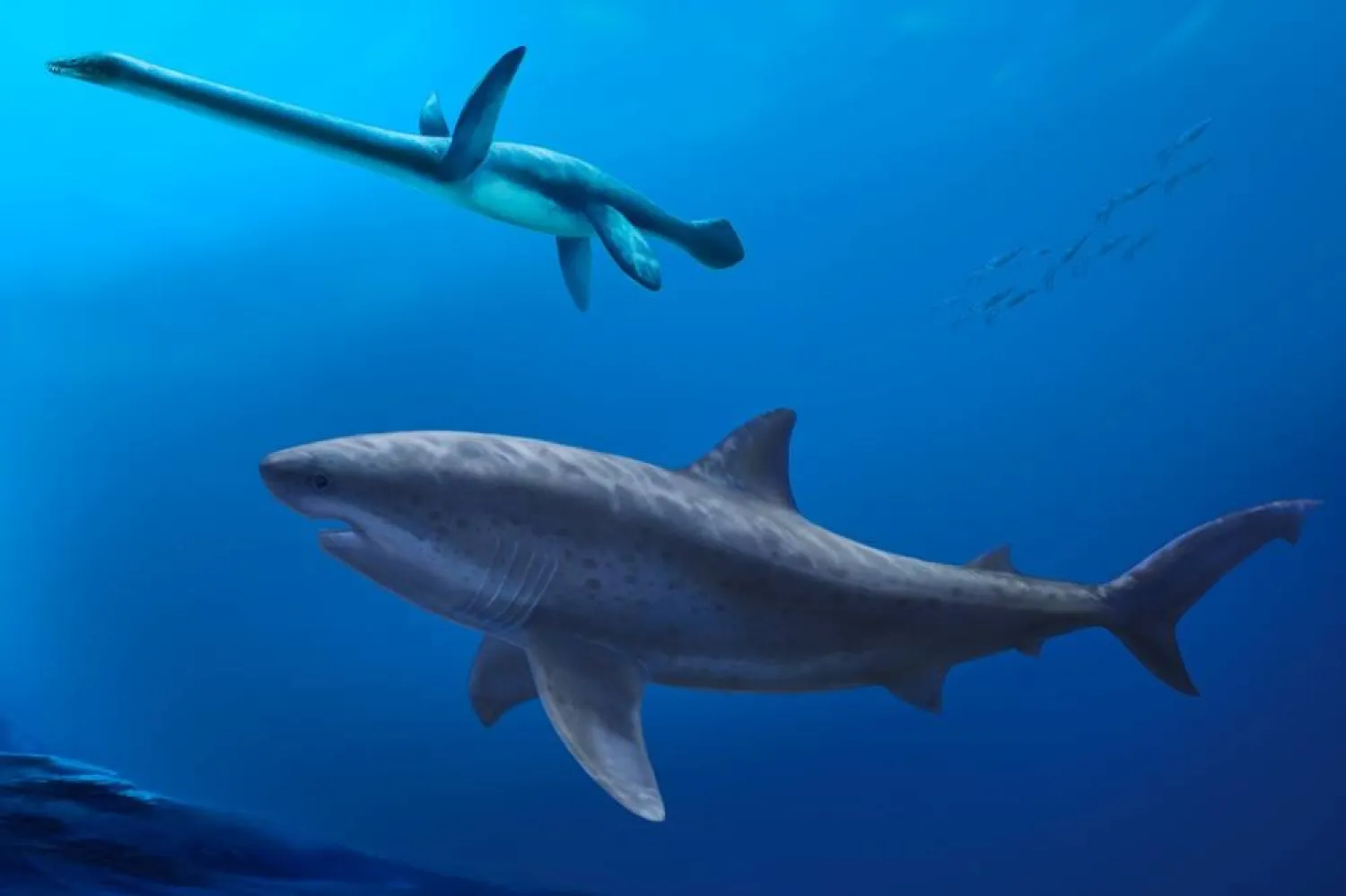The US Federal Aviation Administration and officials from the Turks and Caicos Islands have launched probes into SpaceX's explosive Starship rocket test that sent debris streaking over the northern Caribbean and forced airlines to divert dozens of flights.
"There are no reports of public injury, and the FAA is working with SpaceX and appropriate authorities to confirm reports of public property damage on Turks and Caicos," said the FAA, which oversees private rocket launch activity, according to Reuters.
An upgraded version of SpaceX's Starship exploded in space over the Bahamas roughly eight minutes into the company's seventh flight test from Texas on Thursday. It sent fields of blazing debris for miles across the sky over the Turks and Caicos, a British Overseas Territory.
Residents in the South and North Caicos islands described to Reuters intense rumbling that shook the ground and said they received messages from friends in North Caicos who found charred pieces of what they believed to be Starship debris.
"My mirror and the walls were shaking," said Veuleiri Artiles, a woman who was working in South Caicos when the debris fell. "It was like when you're on an airplane... my ears were rattling."
"It felt like an earthquake," said Ibalor Calucin, who lives on the territory's Providenciales island. "It was scary... all of the people here in our apartment ran to the parking lot."
There is a "multi-agency investigation that is ongoing" into the Starship explosion, the commissioner of the Royal Turks and Caicos Islands Police Force, Fitz Bailey, told Reuters. He declined to comment on reports of public property damage from the debris.
The rumbling was from the many orange-glowing shards of debris from Starship's explosion that were breaking the sound barrier as they plunged through the atmosphere, sending loud booms thundering across the islands, according to seismic ground sensor data analyzed by Benjamin Fernando, a seismology researcher at Johns Hopkins University.
The rumbling in the ground "was about 10 millimeters per second, which is actually quite a lot," Fernando said. "That's a relatively substantial ground motion. It's comparable to a small earthquake."
The Starship rocket that exploded had multiple new onboard features flying for the first time and carried its first batch of mock satellites that were meant to be deployed in space.
SpaceX's Starship system launched from Boca Chica, Texas at 5:37 p.m. ET (2237 GMT) Thursday, flying east over the Gulf of Mexico. Starship separated from its Super Heavy booster as planned at 64 km (40 miles) in altitude, igniting its six engines to blast deeper into space.
The rocket was bound for a suborbital trajectory around Earth to re-enter the atmosphere over the Indian Ocean and attempt a propulsive landing on the water's surface.
But SpaceX lost communication with the rocket soon after its separation from Super Heavy and later confirmed its demise.
"Initial data indicates a fire developed in the aft section of the ship, leading to a rapid unscheduled disassembly," SpaceX said in a statement on its website.









